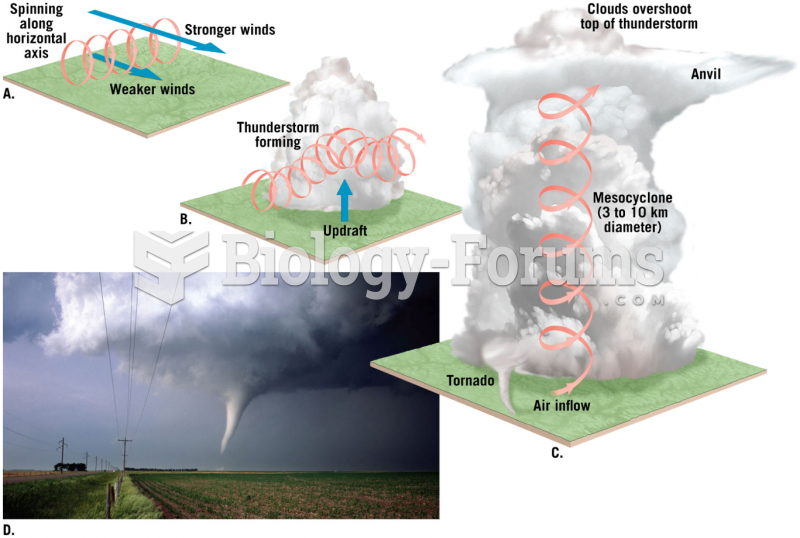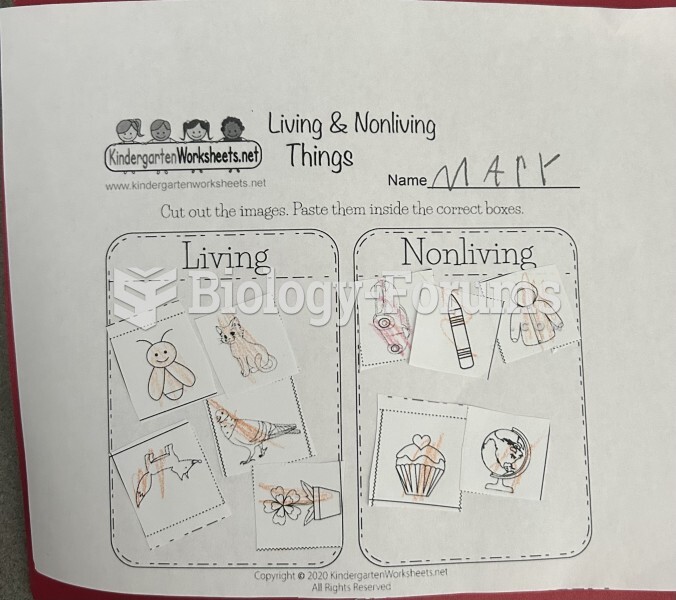Answer to Question 1
ANSWER: Damage from tornadoes may be inflicted on people and structures by flying debris. Hence, the wisest course to take when confronted with an approaching tornado is to seek shelter immediately. If caught outdoors in an open field, look for a ditch, streambed, or ravine, and lie flat with your head covered. At home, take shelter in a basement, storm shelter, or a dedicated safe room (a hardened structure built to FEMA standards to survive high winds with as little damage as possible). In a large building without a basement, the safest place is usually in a small room, such as a bathroom, closet, or interior hallway, preferably on the lowest floor and near the middle of the edifice. Pull a mattress or sleeping bag around you. Wear a bike or football helmet, if one is available, to protect your head from flying debris, and stay away from windows. At school, move to the hallway and lie flat with your head covered. In a mobile home, leave immediately and seek substantial shelter. If none exists, lie flat on the ground in a depression or ravine.
Answer to Question 2
ANSWER: As high winds blow over a roof, lower air pressure forms above the roof. The greater air pressure inside the building then lifts the roof just high enough for the strong winds to carry it away. A similar effect occurs when the tornados intense low-pressure center passes overhead. Because the pressure in the center of a tornado may be more than 100 mb (3 in.) lower than that of its surroundings, there is a momentary drop in outside pressure when the tornado is above the structure. It was once thought that opening windows and allowing inside and outside pressures to equalize would minimize the chances of the building exploding. However, it is now known that opening windows during a tornado actually increases the pressure on the opposite wall and increases the chances that the building will collapse. (The windows are usually shattered by flying debris anyway.)







